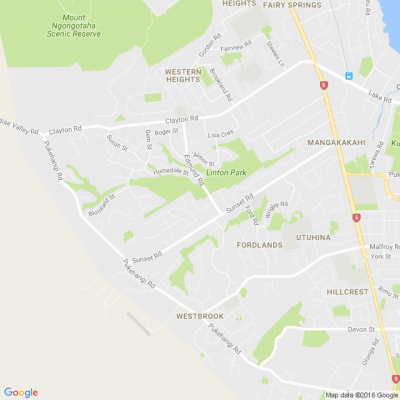
Know what’s happening
Access the private noticeboard for verified neighbours near you. Keep informed about any suspicious activity, send urgent updates to your neighbours when required and discuss emergency planning.
Get to know your neighbours
Browse the directory and start getting to know your neighbours. Don’t want to post to the whole neighbourhood? Send a private message.
Buy, sell and give away
Want to declutter your garage? Buy some used household items? Give away some garden stuff? Become a verified neighbour to browse and post items for sale. Trading is simple when everyone lives nearby.

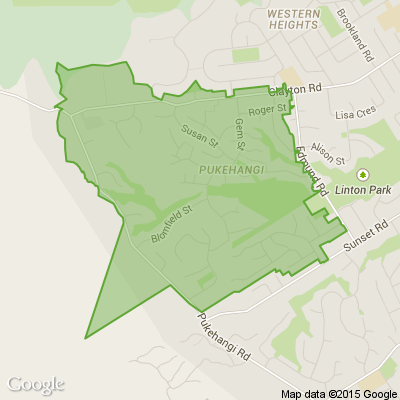
It is the weekend!
List your pre-loved gems in Neighbourly Market.

Thank you for using Neighbourly
You may receive an email confirmation for any offer you selected. The associated companies will contact you directly to activate your requests.
From the where oceans collide at Cape Reinga, to the oyster-ridden seaboards of Bluff - it's time for you to spin the map of Aotearoa and see where your finger lands.
To take some of the stress out of your long weekend roadtrip plans, we're giving 10 lucky winners petrol vouchers … View moreFrom the where oceans collide at Cape Reinga, to the oyster-ridden seaboards of Bluff - it's time for you to spin the map of Aotearoa and see where your finger lands.
To take some of the stress out of your long weekend roadtrip plans, we're giving 10 lucky winners petrol vouchers from Mobil or Z - it's your choice!
If your name's below, get in touch with us, and if you know any of your neighbours listed, be sure to congratulate them and let them know!
Betty Campbell from Northland
Aimee Crothall from Paekakariki
David Watt from Hamilton
Sarah Sharp from Auckland
Helen Fang from Auckland
Rafael Moreno from New Plymouth
Saqib Ahmad from Auckland
Maria Dela Cruz from Wellington
Suannie Burt from Carterton District
Nick Regos from Christchurch
Keep your eyes peeled for our next random draw. Until next time!
Terms & Conditions apply.

Neighbours – now is your chance to dress up your walls and save 30% off* the extensive range of Resene wallpapers! Patterned or bold, textured or neutral – come in to your local Resene ColorShop and view the full collection. Offer ends 8 June 2021.
*Discount off the normal retail price at … View moreNeighbours – now is your chance to dress up your walls and save 30% off* the extensive range of Resene wallpapers! Patterned or bold, textured or neutral – come in to your local Resene ColorShop and view the full collection. Offer ends 8 June 2021.
*Discount off the normal retail price at Resene owned ColorShops and participating resellers until 8 June 2021. Excludes wall decals, WallPrint and clearance items. Not available in conjunction with any other offer.
Learn more

This is certainly one of the more obvious errors in a child’s writing. Knowing which one to use can be confusing.

Robert Anderson from Curtain Clean Rotorua
If you live with someone allergic to dust mites, mould, pollen, pet hair or any one of the hundreds of allergens in household products, clean is not enough. A house needs to be extra-clean and allergen-proof to help make allergy sufferers as comfortable as possible. The alternative is sneezing, … View moreIf you live with someone allergic to dust mites, mould, pollen, pet hair or any one of the hundreds of allergens in household products, clean is not enough. A house needs to be extra-clean and allergen-proof to help make allergy sufferers as comfortable as possible. The alternative is sneezing, wheezing, coughing and watery eyes, all brought on by the presence of irritants that you can keep at bay with some extra attention.
Here’s how to get on top of some common irritants at your place:
1. Use allergy-friendly products
• Avoid using aerosol sprays as they are a common trigger for asthma sufferers. Even if you’re not standing near anyone, the high-pressure mist that the aerosol omits means the contents can spread a long way.
• Try to use environmentally-friendly products – what’s good for the environment is often better for us too.
• Avoid using products that contain harsh chemicals like ammonia, formaldehyde and sodium lauryl sulphate. Hunt out products that are free from these irritants or make your own natural cleaning products.
2. Keep a dust-free bedroom
It’s the dust mite droppings that many people react to (and news that there is dust mite poo in our bedding causes a reaction in the rest of us!). To keep bedding really clean, you will need to wash all bed linen regularly, preferably weekly. A man-made fibre like polyester is less likely to trap dust than natural fibres like cotton or linen.
Use a hypoallergenic mattress topper, duvet inner-cover and pillow protector and wash these at least monthly and replace them annually.
Keep stuffed animals to a minimum and wash those that remain regularly. Pull the bed out and vacuum underneath at least once a week, preferably daily. Don’t forget to dust side tables and vacuum underneath those as well.
3. Vacuum daily
Wooden or tiled floors are much easier to keep dust-free, but if you have carpet, a daily vacuum, especially in bedrooms, is a must. Use a vacuum cleaner made especially for allergy-sufferers – most will be fitted with HEPA filtration and powerhead.
Make sure you vacuum around the skirting boards and in crevices and vacuum around all beds at least twice. Empty canisters or vacuum bags regularly, sealing the bag well before disposal.
4. Use an air purifier
Even if you are taking the precautions outlined above, there will still be plenty of dust in your house – in fact some studies show that air pollution such as allergens and pollutants can be present in higher levels inside the home than outside! Air purifiers work to filter the allergens and pollutants from the air and improve the air quality.
5. Empty bins daily
The rubbish bin can omit toxins without you even realising, and they are a breeding ground for mould and germs. Empty bins every evening and disinfect with a hospital grade solution before lining with a plastic bag.
6. Beat doormats every day
Pollen and dust are tracked into our home constantly. Make sure you have a doormat on the outside and inside at every entry point to your home and shake these out regularly. Vacuum each indoor mat when you do your daily vacuum run. It’s a good idea to place a mat in the doorway of an allergy-sufferers bedroom for extra protection. Better yet, leave shoes outside.
7. Inspect for mould weekly
Mould is a common allergy trigger and its present absolutely everywhere. Don’t give it a chance to breed – wipe away small mould patches as soon as you find them with a paper towel and throw the paper towel in an outside bin. You can use a solution of three cups of water to five drops of Oil of Cloves (find it at your pharmacy) in a spray bottle to kill mould spores and prevent mould from growing. Make sure you test for an allergy to Oil of Cloves first, of course! Tea tree oil is also a good antiseptic against mould – a teaspoon of oil to a cup of water wiped over mould-prone surfaces should do the trick.
Keep reading: www.curtainclean.co.nz...
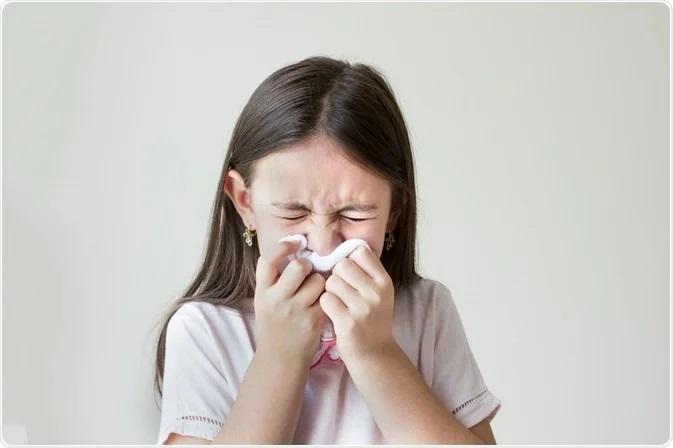
NZ small businesses believe in themselves, we believe in them too. That’s why we offer small business loans up to $300K to support cash flow or help them invest in the future.
Business Loan applications take less than 10 minutes online, you’ll get a fast decision and funding is possible in … View moreNZ small businesses believe in themselves, we believe in them too. That’s why we offer small business loans up to $300K to support cash flow or help them invest in the future.
Business Loan applications take less than 10 minutes online, you’ll get a fast decision and funding is possible in 24 hours. Plus, no asset security is required upfront to access funding up to $150K.
Prospa is New Zealand’s small business lending specialist, and we’re here to help you reach your next milestone. Get in touch with our team of friendly business lending specialists today!
Apply Now

Take up a career in Forestry. We love our work!
If you are a great outdoors person, practical, or science-minded, love technology and enjoy working in a team then take a closer look at what the forestry industry can offer you.
Come and visit at any of these locations, we will be there with … View moreTake up a career in Forestry. We love our work!
If you are a great outdoors person, practical, or science-minded, love technology and enjoy working in a team then take a closer look at what the forestry industry can offer you.
Come and visit at any of these locations, we will be there with plenty to keep you busy and plenty of information for you to make the right decision to join our industry.
Whakatane High School including Edgecumbe & Trident High School on the 1st June 2021.
For more information about a career in forestry check out our website here. To speak with a forestry representative then enquire on: office@fica.org.nz
Learn more

Robert Anderson from Curtain Clean Rotorua
It’s been a long year, so we have good reason to rejoice when thinking of the interior design trends we love most for 2021 and onwards.
From the growing importance of sustainable materials to elegant elements and a celebration of individuality and uniqueness, our 2021 trend edit will provide … View moreIt’s been a long year, so we have good reason to rejoice when thinking of the interior design trends we love most for 2021 and onwards.
From the growing importance of sustainable materials to elegant elements and a celebration of individuality and uniqueness, our 2021 trend edit will provide you with a curated look that will bring your home into the New Year with sensational style.
With many people’s attitudes on life changing during 2020, and many wishing they could get away this year, we take a look ahead at the interior design trends for 2021.
1. Take a maximalist approach to decorating
For those who love colourful decoration, this maximalist look channels the free-spirited essence of the celebrated Bloomsbury artists and their creative flair. Bravely mix contrast patterns across a scheme, harmonising the eclectic mix with different scales of print, and one or two grounding common tones to pull all the patterns together. The Bloomsbury artists painted not only their walls but their furniture, too. Mix large-scale wall decor with small-scale decorative details to create playful layers.
2. Combine checks and stripes
Everyone’s two favourite patterns combine for this fun new trend that mixes the classic check and stripe with new-season colours.
Mix and match patterns in different scales to create the right
balance. In this bedroom the delicately patterned cushions and eiderdown soften the effect of the stripes and checks on the wall and bed.
3. Slide into sculptural furniture
Carefully curated displays of shapely figures and organic forms take centre stage creating quiet drama in neutral spaces. As the striking furnishings and lighting in this living room show, sculptural can be beautiful and useful. For those with a love of ceramics, group pieces together behind glass or on a humble window shelf. Curved and shapely furniture and vessels draw the eye, inviting your gaze to dance across the space.
4. Be bold with a primary palette
We love this considered trend which gives interiors an artistic edge by using two primary colours against a muted palette. Here, a statement lamp with big personality is the perfect way to bring colour into an existing neutral space. And such vibrant colour helps a piece to stand out from the crowd.
In larger spaces wooden furniture and natural jute flooring is given a new lease of life with a sprinkling of bright primary colours.
5. Transport yourself to warmer climes with a wall mural
Adorning interiors with maximum escapism, tropical wall-coverings full of lively patterns and dreamy painterly scenes are just what interiors are craving this year. This ‘La Passion De Diego’ mural by Elitis featuring oversized Mexican plant-life and a silhouette of Frida Kahlo has a woven pattern incorporated into the design to add texture and depth to balance the bold colour.'
Full article with pictures: www.curtainclean.co.nz...
Ritika from Rotorua Central
Offering Threading/Waxing/Tinting services.
Calll to book - 0274105357
Negotiable
Te Wānanga o Aotearoa offers a range of meaningful qualifications that are NZQA approved. From Māori language and culture, art and business to social services and teaching- we’ve got you covered.
With flexible learning options, there’s never been a better time to study with us.
For … View moreTe Wānanga o Aotearoa offers a range of meaningful qualifications that are NZQA approved. From Māori language and culture, art and business to social services and teaching- we’ve got you covered.
With flexible learning options, there’s never been a better time to study with us.
For more info visit twoa.ac.nz or call 0800 355 553. Apply today for a July start date.
Find out more
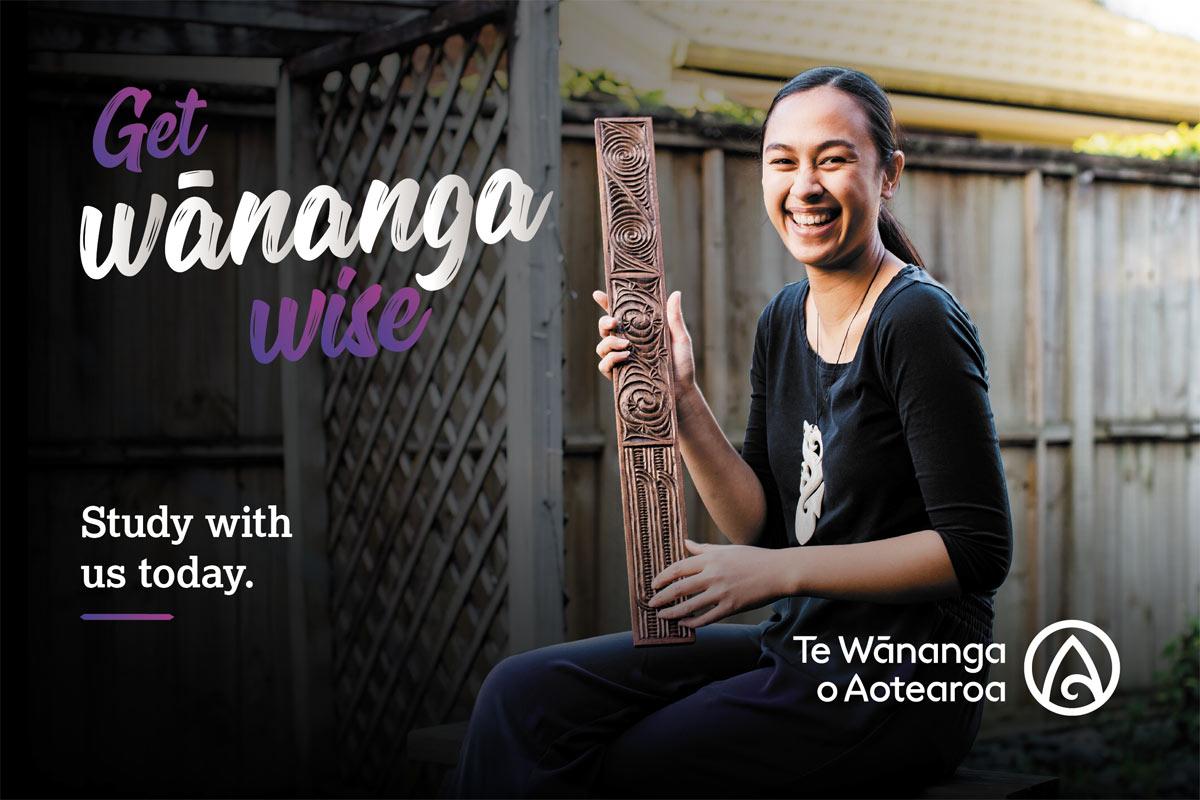
As parents and educators, we know that a heavy workload and commitments can be stressful, so taking breaks is an essential part of learning. At NumberWorks’nWords, we ensure that breaks are scheduled into each students’ session.
Check out the full blog to explore the benefits of taking … View moreAs parents and educators, we know that a heavy workload and commitments can be stressful, so taking breaks is an essential part of learning. At NumberWorks’nWords, we ensure that breaks are scheduled into each students’ session.
Check out the full blog to explore the benefits of taking breaks for learning and focus!

New Zealand Post have published a warning to customers after several variations of a scam email were reported over the past 24 hours.
The email asks to correct personal details because of a failed parcel delivery.
The email directs the recipient to 'schedule a new delivery'. If any… View moreNew Zealand Post have published a warning to customers after several variations of a scam email were reported over the past 24 hours.
The email asks to correct personal details because of a failed parcel delivery.
The email directs the recipient to 'schedule a new delivery'. If any individual has received these emails, NZ Post has advised to delete it immediately.
In a statement sent to Neighbourly, NZ Post confirmed that it had taken 24 websites offline in relation to the scam.
For more information on the scam, please see the NZ Post's Cyber Security Alerts page.

Want to hit the road and seeking inspiration to go somewhere new in the central North Island? Help is just a click away!
We’ve done the hard work for you creating over 60 fantastic breaks you can use to plan that quick weekend away, a short break, or take that long-awaited roadie.
We give … View moreWant to hit the road and seeking inspiration to go somewhere new in the central North Island? Help is just a click away!
We’ve done the hard work for you creating over 60 fantastic breaks you can use to plan that quick weekend away, a short break, or take that long-awaited roadie.
We give you the ideas – you just choose when and where, and pack the car. Time to get planning!
Find out more
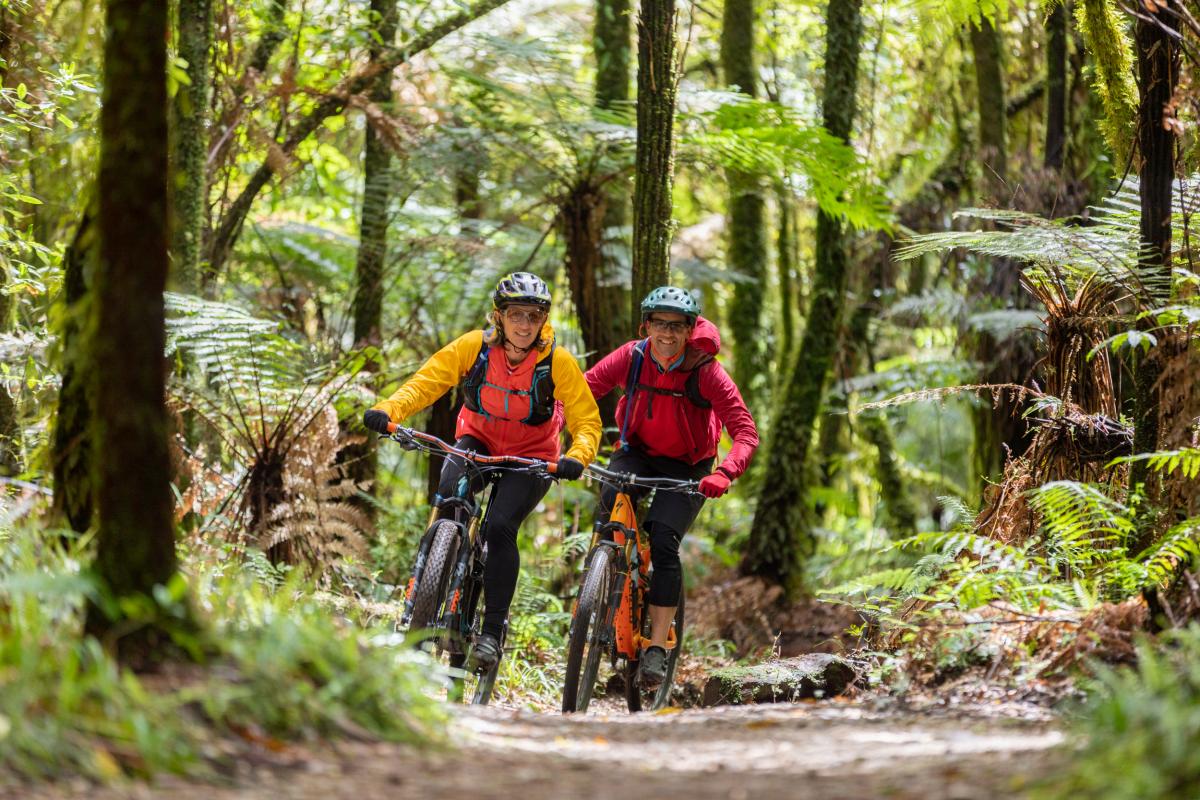
Mark from Pukehangi - Mangakakahi
My big ginger boy has gone missing from our new address top of Pukehangi Road. Has anyone seen him please?
We strongly believe that one of life’s greatest pleasures is a restful, luxurious and comfortable night’s sleep.
Introducing Spinalrest - currently on promotion and available only for a limited time, this mattress features Orthocool Gel Memory Foam, Purolax Latex, Comfort layers of High … View moreWe strongly believe that one of life’s greatest pleasures is a restful, luxurious and comfortable night’s sleep.
Introducing Spinalrest - currently on promotion and available only for a limited time, this mattress features Orthocool Gel Memory Foam, Purolax Latex, Comfort layers of High Density Foam and Tencel fabric for longetivity and durability.
Made in NZ with a 10 year warranty, you are bound to sleep well for the years to come!

Robert Anderson from Curtain Clean Rotorua
Friends of mine would probably describe me as “crafty“ and “creative.” But that’s just because they’re too polite to tell you the truth: I’m cheap.
My stinginess has led me down dark alleys in search of scrap wood to build a coffee table for a fraction of the price of the furniture… View moreFriends of mine would probably describe me as “crafty“ and “creative.” But that’s just because they’re too polite to tell you the truth: I’m cheap.
My stinginess has led me down dark alleys in search of scrap wood to build a coffee table for a fraction of the price of the furniture store version I adore. And it means I’ll often wake up to messages from friends with photos of dilapidated, discarded furniture on the street that say, “This made me think of you.”
As a result, my home is filled with inexpensive pieces that have been gathered in unconventional ways or made by yours truly. In fact, the other day while I was tidying up, I realised that every item – with the exception of my mattress – cost less than $500.
I’ve been very deliberate in my selections, and it’s taken me years to build an arsenal of couches, tables, rugs and art that I’m happy with. At times it was difficult not to rush to a department store and settle for a set of just-okay dining chairs to avoid another night of standing around the dinner table eating dinner.
I realise not everybody has as much patience to devote to decorating and furnishing their home. And I’m not proposing you spend your weekends scrounging around in rubbish heaps for unique home accents. (Please, that would mean fewer treasures for me.)
But there are a few tricks and shortcuts I’ve learned along the way that make it easy to save a buck or $200. And not a single one requires a tetanus shot.
Don’t be afraid of prints: If you want to make an otherwise bland room come to life, just add prints. The bright green floral couch in my living room (which I affectionately refer to as “nana chic“) serves as the anchor for the space, and the wallpaper in my dressing room turns a drab wall into a happy garden. Plus, the pattern is so bold that I needed to cover only one wall, thus saving money. Just be sure to go easy on other patterns so as not to overwhelm the eye.
Think big: If you have a large, blank wall to fill, don’t immediately think gallery wall, which is a strategically arranged collection of art pieces that can cost a fortune to frame. Instead opt for a large anchor piece, such as a giant map or a handmade installation. For my living room, I searched “DIY backdrop” for inspiration and found instructions on how to make a huge tassel hanging.
Know what to buy vs DIY: Whenever I see an item described as “industrial” or as made with “reclaimed” materials, my DIY senses tingle. Additionally, the plumbing section at your local hardware store is brimming with potential storage solutions. I built the clothing racks in my dressing room using copper piping and concrete, and I’ve made a simple, versatile blanket ladder using dowel and copper fittings. And if you find an affordable set of drawers but hate the knobs, you’re just a few twists away from a sleek piece if you update the hardware.
Keep reading: www.curtainclean.co.nz...
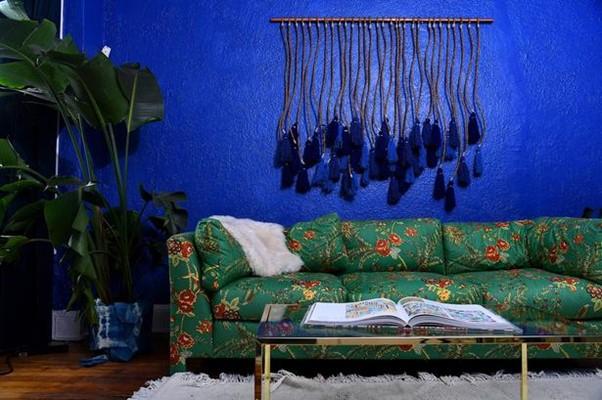
 Loading…
Loading…
Are you sure? Deleting this message permanently removes it from the Neighbourly website.
 Loading…
Loading…

 $849,000
$849,000



 Marketed by Michelle Stephenson
Marketed by Michelle Stephenson

 Buyer Enquiry Over $680,000
Buyer Enquiry Over $680,000


 Marketed by Anny Nicholson
Marketed by Anny Nicholson
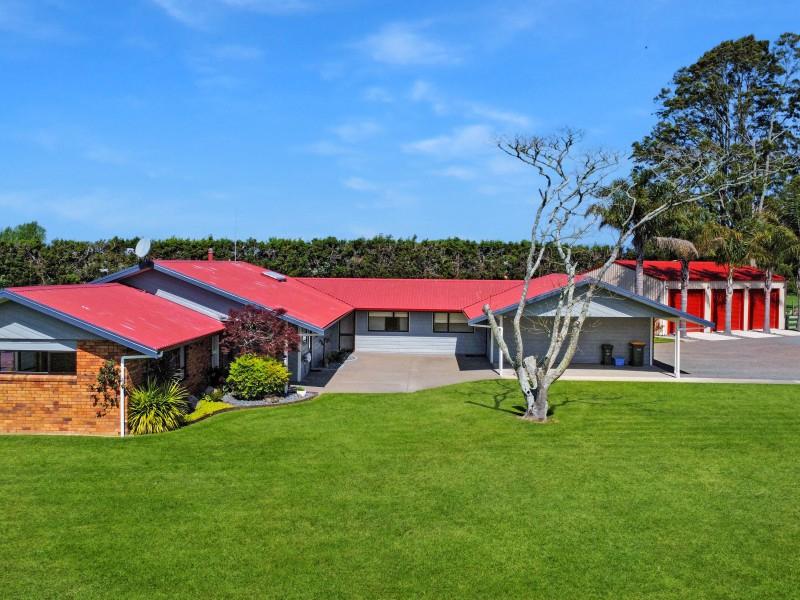
 $1,750,000 + GST (if any)
$1,750,000 + GST (if any)



 Marketed by Lindy Nelson Parker
Marketed by Lindy Nelson Parker
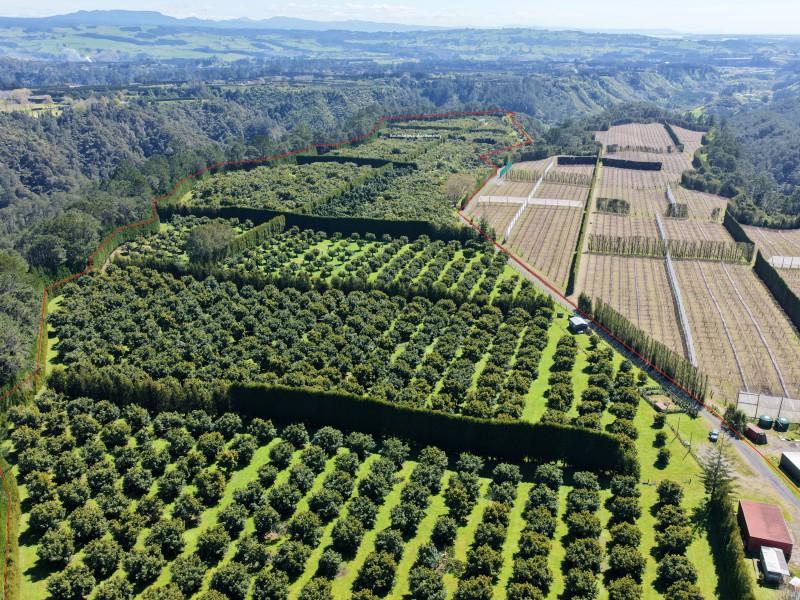
 Tender
Tender



 Marketed by Brett Ashworth
Marketed by Brett Ashworth
© Neighbourly 2025
